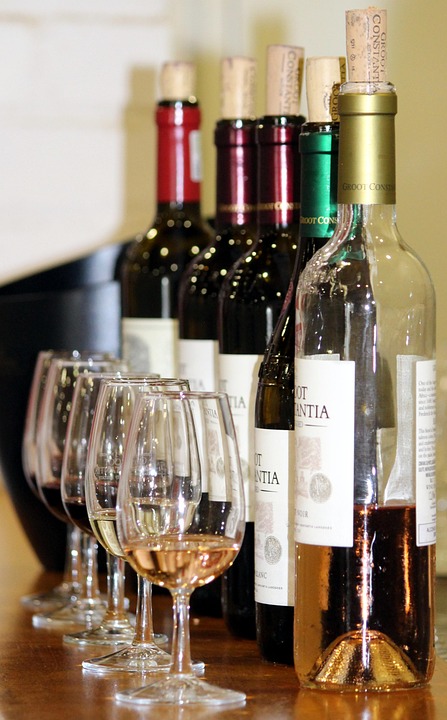Introduction
Alentejo, located in southern Portugal, has gained recognition for producing high-quality red wine blends that offer richness, smoothness, and fruitiness. This report will delve into the reasons behind the success of red blends from Alentejo, exploring the factors that contribute to their unique characteristics and popularity among wine enthusiasts worldwide.
Historical Background
Alentejo has a long history of winemaking, dating back to ancient times when the Romans first introduced vine cultivation to the region. Over the centuries, Alentejo has perfected its winemaking techniques, blending traditional practices with modern innovations to produce exceptional wines that reflect the region’s terroir and climate.
Climate and Terroir
One of the key reasons why red blends from Alentejo stand out is the region’s favorable climate and diverse terroir. Alentejo experiences hot, dry summers and mild winters, creating optimal conditions for grape ripening. The region’s diverse terroir, which includes sandy soils, limestone, and schist, adds complexity to the wines, giving them a unique character and depth of flavor.
Grape Varieties
Alentejo is known for its wide variety of grape varieties, including local and international grapes. Some of the most commonly used grapes in red blends from Alentejo include Aragonez (Tempranillo), Trincadeira, Alicante Bouschet, and Touriga Nacional. These grapes contribute to the richness, smoothness, and fruitiness of the wines, creating a harmonious blend of flavors and aromas.
Winemaking Techniques
Winemakers in Alentejo employ traditional and modern winemaking techniques to craft red blends that are balanced, complex, and expressive. The use of oak barrels for aging adds depth and structure to the wines, while careful blending of different grape varieties enhances their richness and complexity. By focusing on quality and attention to detail, winemakers in Alentejo are able to create red blends that are both approachable and age-worthy.
Market Trends
The market for red blends from Alentejo has been steadily growing in recent years, with increasing demand from both domestic and international markets. Consumers are drawn to the richness, smoothness, and fruitiness of Alentejo wines, as well as their excellent value for money. As a result, many wineries in the region have seen a rise in sales and recognition on the global stage.
Financial Data
According to industry reports, the Alentejo wine industry has experienced significant growth in recent years, with total wine exports reaching millions of euros annually. Red blends are a significant portion of these exports, accounting for a substantial share of the region’s wine production. The popularity of Alentejo red blends is reflected in their strong sales figures and positive reception among consumers and critics alike.
Key Players
Several prominent wineries in Alentejo are known for producing exceptional red blends that showcase the region’s terroir and winemaking expertise. Some of the top players in the Alentejo wine industry include Herdade do Esporão, Adega Mayor, and Quinta do Mouro. These wineries have gained international acclaim for their red blends, winning awards and accolades for their quality and craftsmanship.
Conclusion
In conclusion, red blends from Alentejo offer richness, smoothness, and fruitiness due to a combination of favorable climate, diverse terroir, quality grape varieties, and skilled winemaking techniques. The region’s wines have gained popularity for their unique characteristics and excellent value, attracting a growing number of consumers worldwide. With a strong market presence and a reputation for producing high-quality wines, Alentejo is poised to continue its success in the global wine industry.


